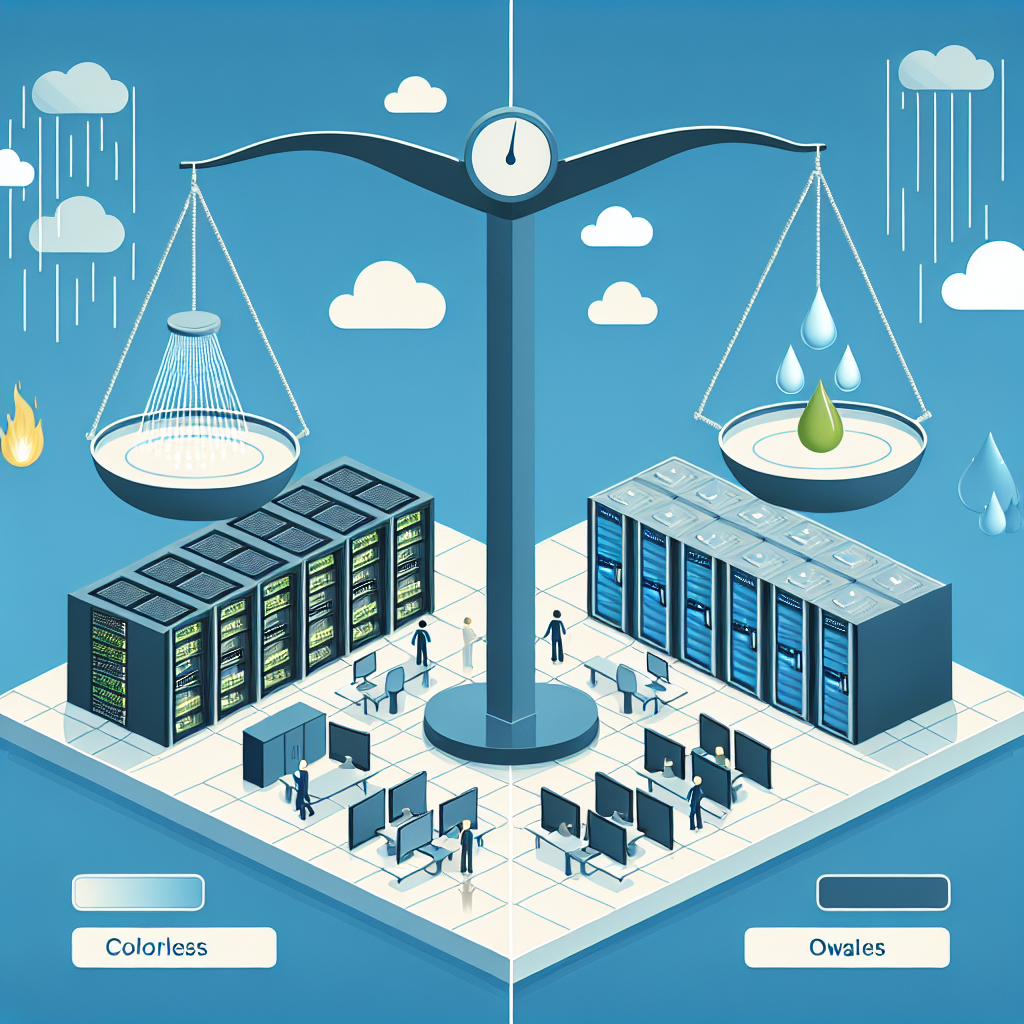Common Fire Suppression Methods for Data Centers: Pros and Cons
Data centers are the backbone of modern businesses, housing critical information and applications that are essential for day-to-day operations. However, these facilities are also at risk of fires, which can have catastrophic consequences if not promptly and effectively suppressed. In this article, we will explore the common fire suppression methods used in data centers, along with their pros and cons.
1. Water-Based Systems:
Water-based fire suppression systems are the most traditional and widely used method for extinguishing fires in data centers. These systems typically consist of sprinklers that release water when triggered by heat or smoke detection devices.
Pros:
– Effective at quickly suppressing fires.
– Cost-effective and easy to install.
– Can be used for both cooling and fire suppression purposes.
Cons:
– Water can cause significant damage to sensitive electronic equipment.
– Not suitable for electrical fires.
– Regular maintenance is required to ensure proper functioning.
2. Gas-Based Systems:
Gas-based fire suppression systems utilize gases such as FM200, CO2, and Novec to extinguish fires by displacing oxygen and suffocating the flames.
Pros:
– Fast and effective suppression without causing damage to equipment.
– Can be used in enclosed spaces where water-based systems are not suitable.
– Environmentally friendly and safe for personnel.
Cons:
– Expensive to install and maintain.
– Requires specialized training for handling and operation.
– May pose a risk to personnel if not evacuated before activation.
3. Dry Chemical Systems:
Dry chemical fire suppression systems use powders or foam to smother fires and prevent them from spreading.
Pros:
– Effective at suppressing a wide range of fire types.
– Can be used in areas where water-based systems are not feasible.
– Relatively low cost compared to gas-based systems.
Cons:
– Residue from dry chemicals can be difficult to clean up and may damage equipment.
– Limited coverage area compared to other suppression methods.
– Regular maintenance and inspection are necessary to ensure proper functioning.
In conclusion, selecting the most appropriate fire suppression method for a data center depends on factors such as the size of the facility, the type of equipment housed, and budget constraints. It is crucial for data center operators to conduct a thorough risk assessment and consult with fire safety professionals to determine the best solution for their specific needs. By implementing a robust fire suppression system, data centers can minimize the risk of fire-related downtime and protect their valuable assets.


